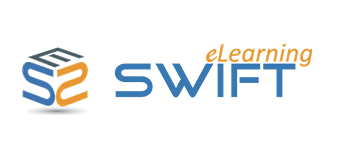Strong Instructional Designing skills
This is the first and the most important among other two areas. A learning manager must assess an eLearning vendor with respect to the capability of delivering effective learning solution. There is no use of other benefits if an eLearning company is not competent enough to deliver effective training solutions.
Following are the key capabilities which must be possessed by a competent e-learning courseware developer:
Analysis – The Instructional Designer should be able to identity actual or real problem or learning needs. They must be able to talk with the stakeholders and identify the learning needs. Things like;
Q: What is the actual performance expected from the learner/ student?
Q: Where and how students are failing to perform?
Q: Is the failure common in all or larger group of students?
Q: Other than learner profile, is there any circumstantial/ infrastructural issue related with performance failure?
Design – Ideally, the person or Instructional Designer, who conducts the analysis phase, should design the required solution. If all the observations and responses are recorded and documented in proper procedure, then other instructional designer can devise an effective learning solution. Components of an effective learning solution design are:
Scope – The subject matter expert includes texts, animations, images, audio etc. It also covers the expected level of performance.
Format – Which e-learning format is the most suitable? Such as Synchronous, Asynchronous, Blended etc.
Instructional Strategy – The instructional designing strategy is about how you create a learning environment/ package (including Scope and Format) so that the learner understand and realizes the expected performance.
COMMUNICATION
The communication component is to understand requirements and resolve issues. It is very important component to avoid work delay and review cycles.
COST
Though cost is not a real component in designing effective elearning solutions, but it does have major role in decision making to select real components such as what level of instructional design to adopt. In industry there are three levels of instructional design modals, they are:
Level 1 – A basic design with content and images on screen.
Level 2 – Content chunking, illustrations, moderate interaction, 2D animations and learning avatars.
Level 3 – Excellent content chunking (less text on screen, much in narration), extensive used of illustration, interactive slides, Simulations, 2D animations and if required 3D animation.
Note: There is a direct relationship between the above levels and the cost.

